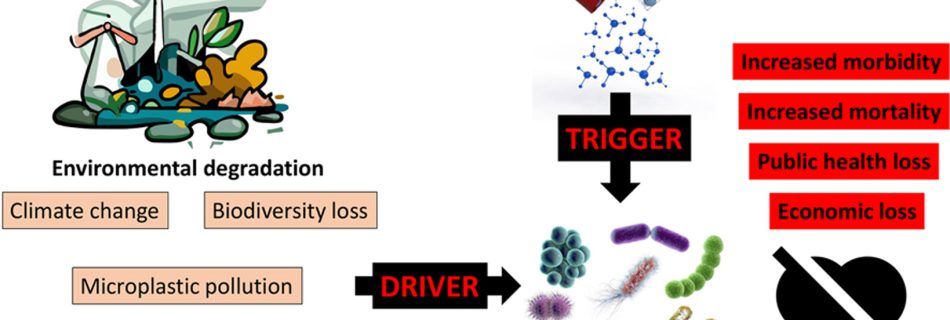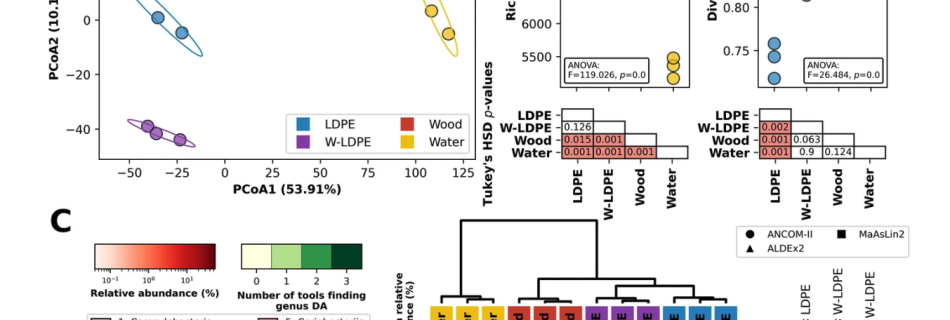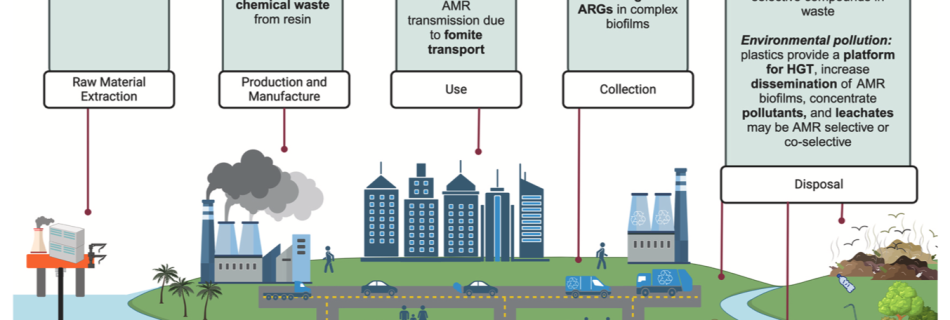Climate warming, environmental degradation and pollution as drivers of antibiotic resistance
Antibiotic resistance is a major challenge to public health, but human-caused environmental changes have not been widely recognized as its drivers. Here, we provide a comprehensive overview of the relationships between environmental degradation and antibiotic resistance, demonstrating that the former can potentially fuel the latter with significant public health outcomes. We describe that (i) global warming favors horizontal gene transfer, bacterial infections, the spread of drug-resistant pathogens due to water scarcity, and the release of resistance genes with wastewater; (ii) pesticide and metal pollution act as co-selectors of antibiotic resistance mechanisms; (iii) microplastics create conditions promoting and spreading antibiotic resistance and resistant bacteria; (iv) changes in land use, deforestation, and environmental pollution reduce microbial diversity, a natural barrier to antibiotic resistance spread. We argue that management of antibiotic resistance must integrate environmental goals, including mitigation of further increases in the Earth’s surface temperature, better qualitative and quantitative protection of water resources, strengthening of sewage infrastructure and improving wastewater treatment, counteracting the microbial diversity loss, reduction of pesticide and metal emissions, and plastic use, and improving waste recycling. These actions should be accompanied by restricting antibiotic use only to clinically justified situations, developing novel treatments, and promoting prophylaxis. It is pivotal for health authorities and the medical community to adopt the protection of environmental quality as a part of public health measures, also in the context of antibiotic resistance management.



